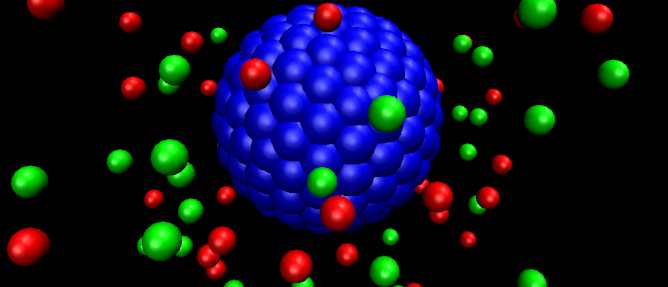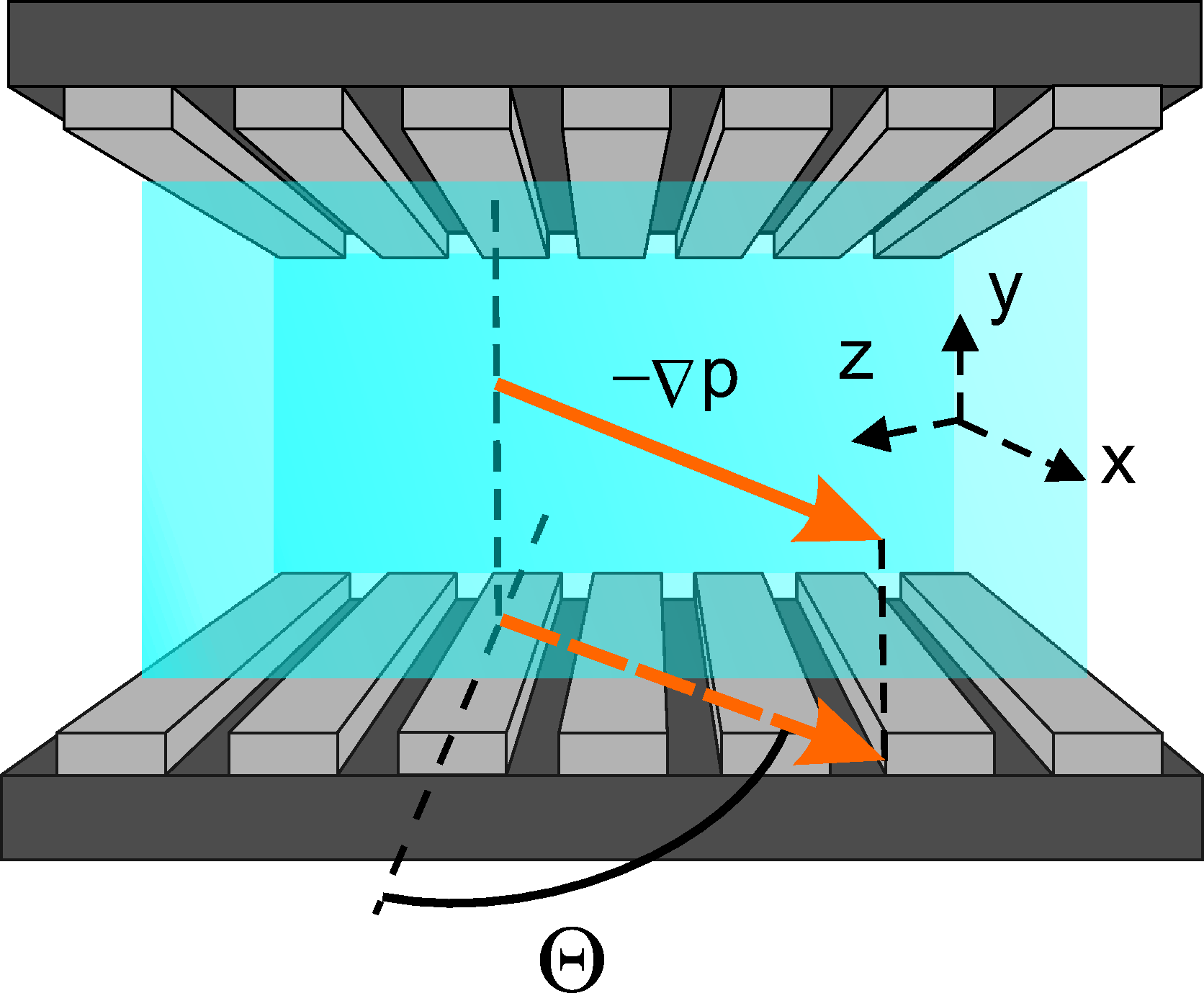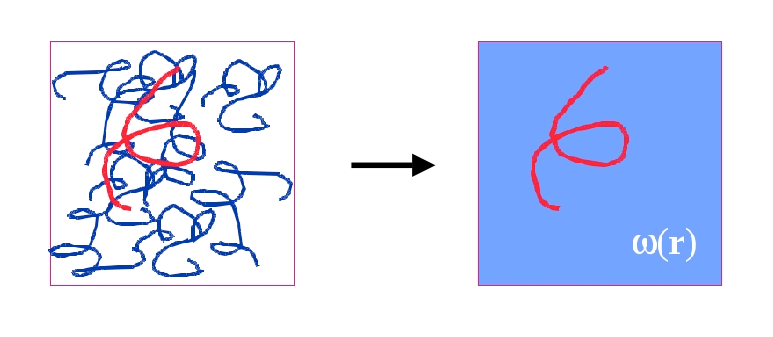research
electrokinetic phenomena

Electrokinetic phenomena are a family of several different effects that occur in fluids containing charged particles. Simulating such systems are normally numerically difficult, because two different types of long-range interactions are involved: the Coulomb interaction and the hydrodynamic interaction. Depending on the length and time scale interested, simulation methods range from atomic simulation with chemical details, to continuous description of fluid, i.e., the Navier-Stokes equations. poster
micro- and nanofluidics

Modeling fluid from micrometer to nanometer scale not only is a fundamental problem in fluid mechanics, but also plays an important role in designing modern micro- and nanofluidic devices. Two assumptions which are often taken for granted in study of macroscopic phenomena, the no-slip boundary condition and the homogeneous surface, become questionable in the microscopic scale. The extension to partial-slip boundary condition and heterogeneous/anisotropic surfaces provide ample opportunities for simulations and applications. poster
self-assembly in polymeric systems

Polymers are chain-like macromolecules in which many small molecular units, called monomers, are linked together by covalent bonds. One fascinating example is the diblock copolymer, where the polymer chains are composed of two blocks of different monomers. Despite its simple chemical structure, diblock copolymer can self-assemble into a variety of ordered structures with the domain size in the order of nanometers. My research mostly involves using self-consistent field theory to study the phase behavior of various polymer systems. poster